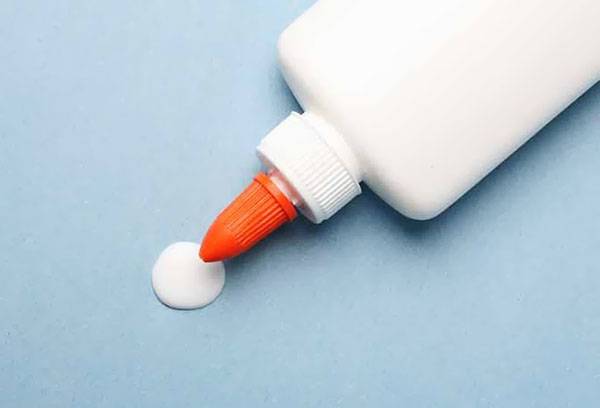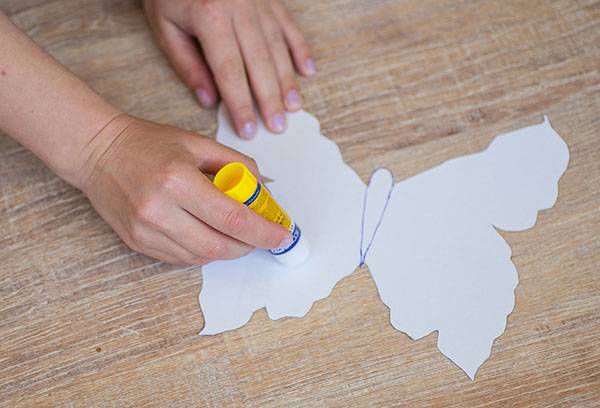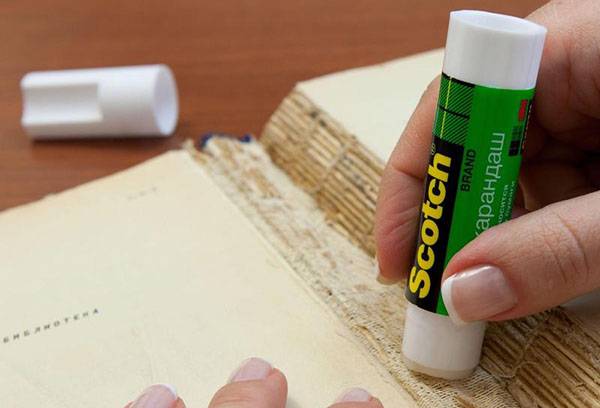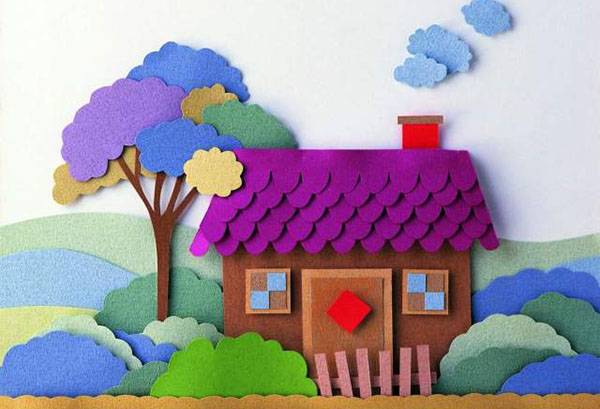Composition and types of office glue
Stationery stores amaze with the wealth of choice. And if for experienced artists and creative people in general this is an advantage, then novice craft lovers can really get confused. And even something as simple as office glue can be found in a variety of forms from many manufacturers. Most often, parents whose children go to primary school face difficulties in choosing glue. You need to choose a tool suitable for creating simple crafts. At the same time, it should be easy to use, safe, dry quickly and securely hold elements together.
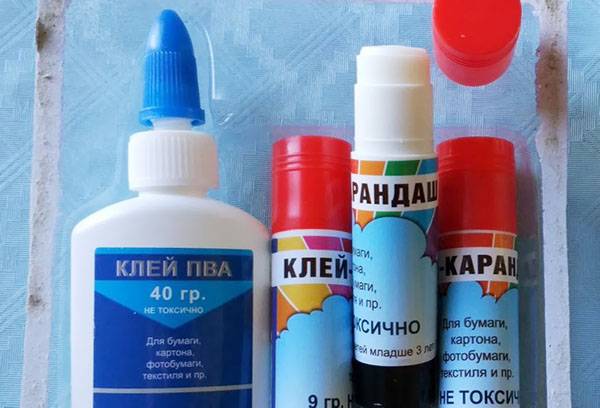
Types of glue
Office glue comes in three main forms:
- PVA;
- pencil;
- silicate.
Silicate glue was popular in Soviet times - due to the lack of much choice. Nowadays it is still found in stores, but it is not in the same demand. Now that the opportunity has arisen to compare it with other types, it has become clear that the silicate substance has many disadvantages.
- After drying, the applied layer of glue changes color (which makes it completely unsuitable for creative work).
- The hardened adhesive layer is very fragile.
- When using such a product, you should not hesitate - the composition dries very quickly in the air.
- In addition, when working with this type, you need to be careful - there is a high risk of getting a burn if the substance gets into your eyes.
PVA glue is more familiar to consumers. It is lightweight. In addition, it is less toxic than its predecessor.Of course, you also need to be careful when using it, but you don’t have to worry about such dire consequences.
A glue stick is the most convenient to use - the child will definitely not get dirty while creating crafts. In addition, it dries very quickly. But this type does not hold large elements together as reliably as liquid substances.
Compound
Such differences in the properties and form of release of individual types of glue are explained by differences in composition.
Silicate glue, as its name implies, consists of aqueous solutions of various silicates. Silicate is silicic acid. Typically, glue is made from a combination of such an acid and sodium or potassium. Lithium is used less frequently.
PVA office glue has a completely different composition. It is made from polyvinyl acetate dissolved in water. It is a transparent substance that has no odor. To improve the quality of the glue, plasticizers are added to it.
Glue sticks come in two types, which differ in composition:
- based on PVA, in which water acts as a humectant;
- from polyvinylpyrrolidone. In this case, glycerin is used as a humectant.
Advice
You should not buy PVP glue for creativity. It is classified as a professional product due to its frost resistance. For crafts, regular PVA is also suitable.
Specifications
First, let's look at the general characteristics that apply to all types of office glue:
- a large list of areas in which this product can be used;
- quick drying;
- no pungent odor;
- economical consumption.
Let's take a closer look at the areas of application. Most often, office glue is used when working with paper.Therefore, it is most popular among office workers, schoolchildren and students.
But this tool is suitable not only for simple gluing of sheets. You can’t do without it when creating paper applications. In addition, this type of glue will help hold together cardboard, wooden elements, and small three-dimensional parts such as beads and buttons.
Characteristics of liquid glue:
- dries a little longer than its fellow sticks;
- holds elements together more securely;
- It is more suitable for working with dense materials, since when applied, for example, to thin paper, it can deform it.
Characteristics of glue stick:
- dries quickly;
- Due to its thin layer application and consistency, it does not securely fasten parts.
Manufacturers
Let's look at the most famous companies that produce office glue.
- Attache. This company does not skimp on the types of glue it produces - the range includes silicate, PVA, and pencil. At the same time, the manufacturer himself recommends using silicate glue for gluing paper and cardboard and for decorative work. PVA glue, according to him, is also suitable for application to wood. The pencil-shaped product can also handle photo paper.
- Kores. The assortment of glue from this company is much richer. There is also a classic glue stick. Its distinctive feature is the setting time. It dries in thirty seconds. At the same time, the substance can be easily washed off and washed with water without additional cleaners. There are also unusual varieties of the product. For example, silicate glue with glitter. Or a colored pencil that dries clear. A glue roller is also available.
- Eric Krause. All types of glue are also produced under this brand.Silicate, for example, is available both in regular packaging and in a convenient bottle with a roller applicator. PVA is also produced in roller form. Pencil glue can be ordinary, but there is also a “chameleon” that changes color.
Conclusion
It’s hard to imagine the lives of office workers, students and schoolchildren without office glue. However, it is used not only for simple fastening of sheets of paper. With this tool you can create real works of art. This glue will securely secure paper, cardboard, wood and beads.
There are three main types - silicate glue, PVA and pencil glue. The last two are more popular.
